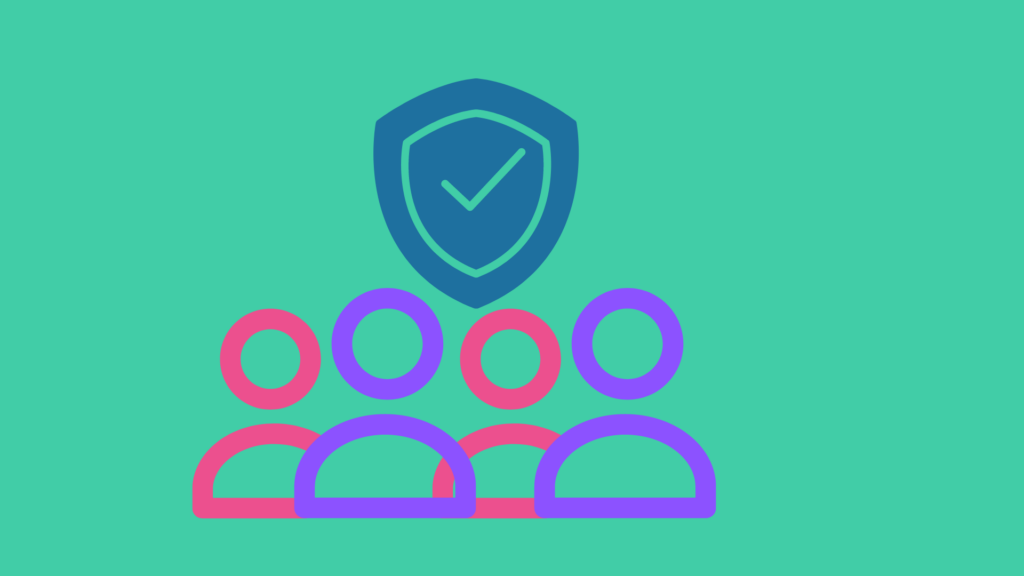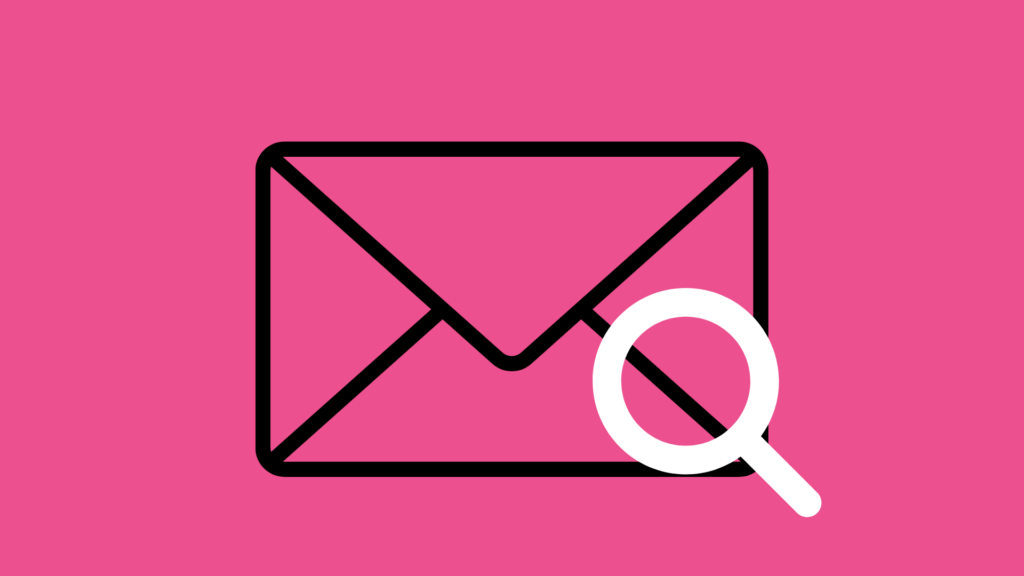Why & How to Implement Customers Emails Verification in WooCommerce
Is your WooCommerce store facing incomplete transactions, undeliverable notifications, or inaccurate customer data? If so, you’re not alone. The solution might be simpler than you think: verifying your WooCommerce customers’ emails.
In today’s fast-paced digital era, ensuring the authenticity of your customer’s email address is necessary to avoid drastic consequences. In this blog, we’ll explore why you should add an email verification system to your WooCommerce store and how it can help you enhance your business. So, let’s get started!
Reasons Why You Should Verify Customer Emails?
Email verification is not just a fancy feature but also has strategic advantages. It’s about building meaningful connections that stand the test of time. Here are the top reasons why you should verify customer emails:

Avoid Spam Complaints
One of the most significant reasons to verify your WooCommerce customers’ emails is to avoid spam complaints. Sending emails to incorrect or invalid addresses can lead to your messages being marked as spam. This can harm your sender reputation and result in your legitimate emails getting filtered out of your customers’ inboxes, causing a negative impact on your marketing efforts.
By verifying email addresses before adding them to your list, you can reduce the chances of sending messages to nonexistent or irrelevant accounts, ensuring your messages reach the intended recipients.
High Engagement Rates
Verified email lists lead to higher engagement rates. When you send emails to valid addresses, you’re more likely to reach real people genuinely interested in your products or services.
This leads to better open rates, click-through rates, and conversion rates. By verifying customer emails, you can customize your marketing campaigns to a more receptive audience, resulting in more meaningful interactions and a more effective marketing strategy.
Avoid High-Risk Email Accounts
Some email addresses are associated with high-risk activities, such as fraudulent orders or chargebacks. Verifying customer emails can help you identify and flag such high-risk accounts before they become problematic.
This can save you from processing orders likely to result in financial loss or disputes. Integrating email verification into your checkout process allows you to identify potentially problematic customers and take appropriate actions to mitigate risks.
Dodge Catch-All Email Accounts
Catch-all email accounts accept emails sent to any address at a specific domain, whether the address actually exists or not. While these accounts seem convenient, they can also lead to a buildup of invalid or outdated email addresses in your list.
Verifying email addresses helps you identify catch-all domains and prevents you from sending emails to addresses that might not be actively monitored. This ensures that your messages reach real individuals who are more likely to engage with your content.

How Do I Verify Customers In WooCommerce?
Verifying customers in WooCommerce is an essential aspect of running an online store, as it helps ensure the security of transactions and the legitimacy of customers. Using a verification process can also help prevent fraudulent activities and build trust among your user base.
1. Email Verification
Email verification is a standard practice that requires customers to confirm their email addresses before they can purchase or access certain features on your WooCommerce store.
Our top-rated Email Verification for WooCommerce plugin can save you all the hassle by automating email verifying for past, current, and future customers in simple clicks.
2. Phone Number Verification
Phone number verification involves sending a verification code to the customer’s mobile number, which they need to enter on your WooCommerce site to complete the verification process.
This can be particularly effective in reducing fraudulent activities. There are several third-party plugins available in the WooCommerce ecosystem that can help you implement phone number verification.
How Do I Add Email Verification To WooCommerce?
Adding email verification to WooCommerce is a great way to ensure that only valid and legitimate email addresses are used during the registration and checkout processes. This can help reduce spam, improve user experience, and maintain a clean customer database. Here’s a detailed guide on how to add email verification to WooCommerce.
Step 1: Install and Activate Required Plugins:
To implement email verification in WooCommerce, you might need to use a combination of plugins. The primary plugin you’ll need is for email verification, and you might also need a plugin to customize the registration and checkout process. Here’s how to get started:
Email Verification Plugin
Get our Email Verification for WooCommerce plugin to ensure only genuine customers interact with you and enhance WooCommerce security and credibility.
With this plugin, you can do email verification for new user registrations, skip it for selected users, and even enable email verification for already-registered users.
WooCommerce Customization Plugin (Optional)
Depending on your requirements, you might also need a plugin to customize the registration and checkout process. A plugin like “WooCommerce Customizer” or “WooCommerce Custom Fields” can be helpful. Install your preferred plugin from WordPress repository.

Step 2: Configure Email Verification Plugin
Once you have the email verification plugin installed and activated, you need to configure its settings:
- In your WordPress dashboard, navigate to WooCommerce > Settings.
- Look for the Email Verification or similarly named tab provided by the email verification plugin you installed.
- Within the plugin settings, you’ll likely find an option to enable email verification. Enable this option.
Some plugins offer multiple verification methods, such as sending a verification link or a verification code. Choose the method that best suits your needs. Meanwhile, some plugins allow you to customize the email templates sent to users for verification. Customize these templates to match your brand and provide clear instructions.
Step 3: Configure WooCommerce Customization
If you’re using a customization plugin to enhance the registration and checkout process, follow these steps:
- In your WordPress dashboard, navigate to WooCommerce > Settings.
- Look for the settings related to the customization plugin you installed.
- Depending on the plugin, you can add custom fields, change the order of fields, or modify the layout of registration and checkout pages.
Step 4: Test the Email Verification Process
After configuring the plugins, it’s crucial to test the email verification process to ensure it’s working as expected:
- Create a test user account on your WooCommerce store using a valid but disposable email address.
- Check the test email account for the verification email.
- Follow the verification process as outlined in the email.
- Log in to the test user account on your WooCommerce store to verify that the account was successfully verified and can access the site.
By following these steps, you can add email verification to your WooCommerce store, enhancing its security and user experience. Remember that the specific steps and plugins might vary based on the options available at the time of your implementation. Always check plugin documentation for the most accurate instructions.
How To Use Follow-Up Emails To Increase Loyalty?
Using follow-up emails is a powerful strategy to increase customer loyalty for your eCommerce store. Follow-up emails allow you to engage with customers after their initial purchase, keep your brand top-of-mind, and encourage repeat purchases.
Here’s how to use follow-up emails effectively to boost customer loyalty:

1. Welcome and Onboarding Emails
When a new customer makes their first purchase on your WooCommerce store, it’s a prime opportunity to build lasting relationships. Send a warm welcome email that thanks them for their purchase and provides valuable information about your brand, product range, and any exclusive perks they might enjoy as a customer.
Include clear calls-to-action (CTAs) that direct them to explore your website further or connect with your social media channels.
2. Order Confirmation and Shipment Updates
Keep customers engaged and informed about their purchase journey. Send timely order confirmation emails as soon as a purchase is made, providing them with order details and contact information for any inquiries.
In addition, provide shipment tracking updates so customers can follow their package’s progress. These emails showcase your commitment to transparency and excellent customer service.
3. Abandoned Cart Recovery
Abandoned carts are missed opportunities for sales. Craft follow-up emails that remind customers of the items they left behind. Include persuasive copy, images, and a limited-time discount to incentivize them to complete their purchase. Make the process as seamless as possible by including a direct link to their abandoned cart.
4. Post-Purchase Feedback and Reviews
After a customer receives their order, send a follow-up email requesting feedback on their shopping experience and the purchased products. Positive reviews build social proof and trust, while constructive feedback helps you enhance your offerings. To encourage participation, consider running a contest or offering a small discount for leaving a review.

5. Exclusive Offers and Rewards
Recognize and reward your loyal customers with exclusive offers, early access to sales, or loyalty program benefits. Send them personalized emails expressing your gratitude for their continued support. These gestures not only make customers feel valued but also provide an incentive for them to keep coming back to your WooCommerce store.
6. Special Occasions and Milestones
Remember your customers’ birthdays, anniversaries, or the anniversary of their first purchase. Sending a personalized email with a special discount or gift on these occasions shows that you value their relationship and adds a personal touch to your interactions.
Bottom Line
Thus, verifying customer emails in your WooCommerce store is essential for avoiding issues and maintaining a positive sender reputation. This leads to higher engagement, risk reduction, and accurate targeting.
Follow-up emails further enhance customer loyalty by providing personalized communication, order updates, and exclusive rewards, fostering lasting relationships that drive repeat business.






